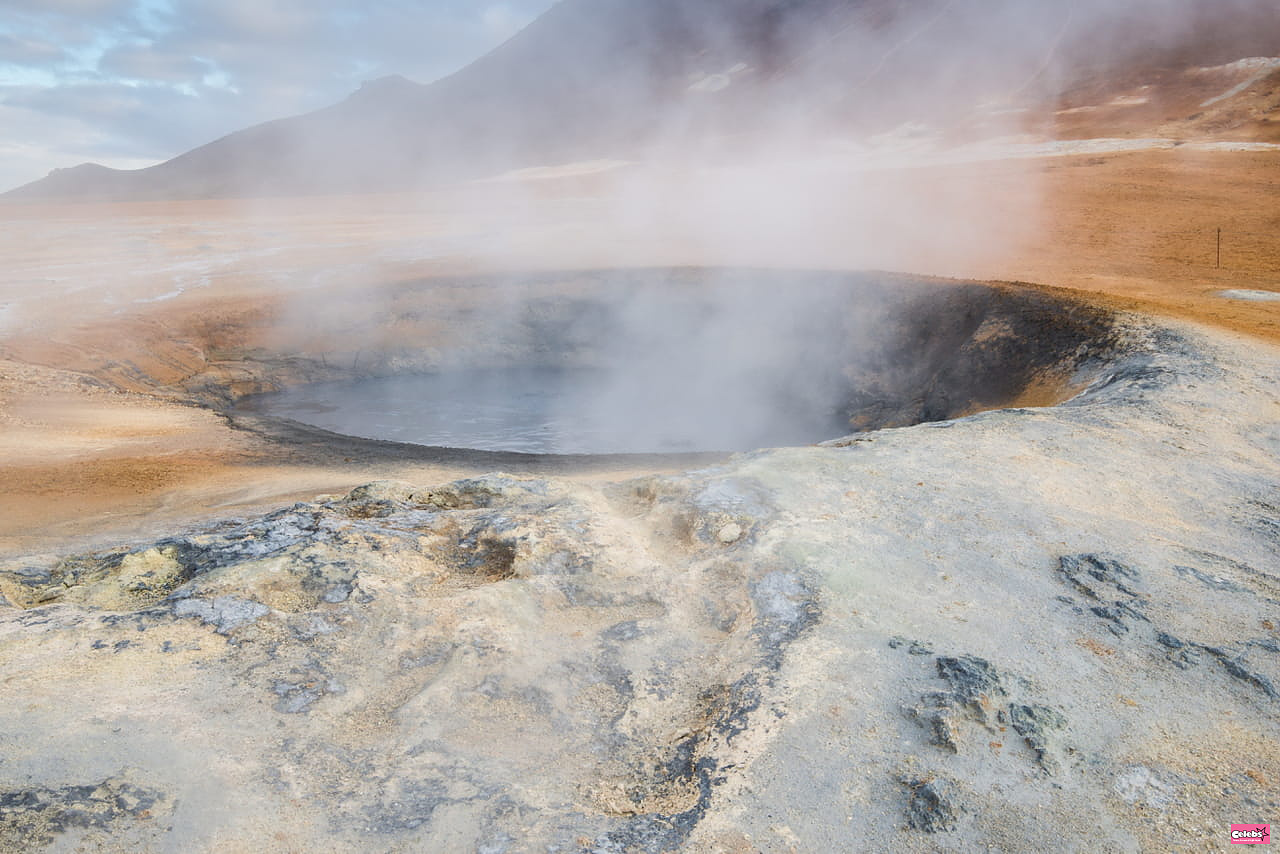A team of ambitious scientists seeks to venture into the depths of volcanoes with a very specific objective. Who could change the world.
It's hard to believe that in 2024, the planet still holds so many secrets. If technological progress allows humanity to live more comfortably, it does not (yet) solve the natural problems facing the world and in particular the search for new sources of energy, in particular so-called renewable energies, for example. opposition to fossil fuels, such as oil.
A very ambitious new project from a group of scientists is interested in volcanoes as a potential source of energy. Bringing together experts and engineers from around ten countries, the “Krafla Magma Testbed” (KMT) group has even set itself the goal of drilling the Krafla volcano, located in the northeast of Iceland. The main objective is to install a magma observatory directly inside the volcano, more than two kilometers deep. A world first. The international group's research aims to better understand what is happening at depth and determine the causes of a volcanic eruption. This experiment also looks at the possibility of finding a renewable energy source in volcanoes.
As reported in a Science Alert article, the project is expected to begin in 2026. The first stage of the experiment involves perforating the volcano at various locations, around and below the magma in order to take initial samples. To do this, scientists and engineers must develop sensors and drills capable of withstanding intense heat, but also the pressure and acidity of magma chambers.
Secondly, the experiment should continue in 2028 with the drilling of a second entrance: a well dug into the volcano using boiling water, stored at very high pressures, in order to operate the turbines. As KMT member Hjalti Páll Ingólfsson told New Scientist, “the possibilities are endless.”
As the magazine Geo points out, a first drilling test of the Krafla volcano took place in 2009. At the time, the aim was to increase the yields of the geothermal power plant installed on the volcano in 1977. The instruments of the time had not withstood the heat of around 450°C and the well will be destroyed during construction. But even if the project was not successful, it will have shown that drilling the magma chamber does not cause a volcanic eruption. And thanks to the data collected during this attempt, the company operating the Krafla power plant estimated that the construction of two wells exploiting the energy released from the volcano could produce the same level of output as the 18 wells currently in operation. function. That's five to ten times more energy than with a traditional geothermal well and enough to heat up to 90,000 homes.











